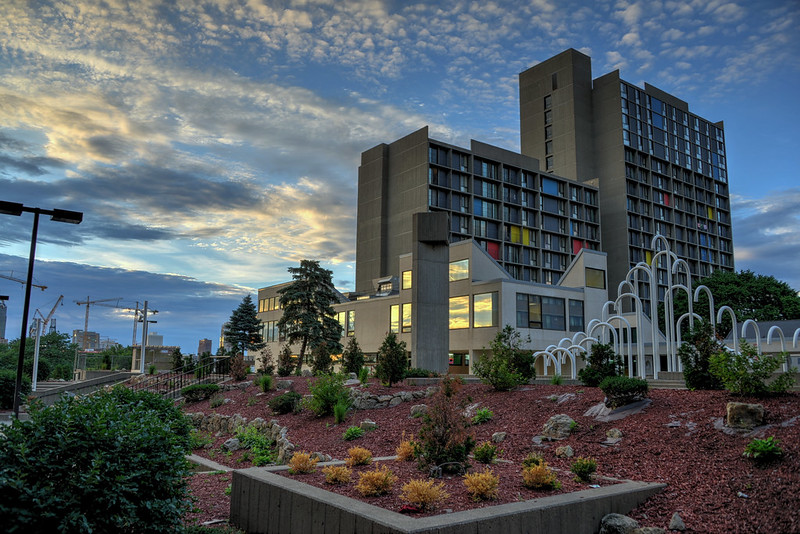Twin Cities population growth crimped by immigration drop

Trump policy changes shift area’s demographics, prompting employment worries.
The number of people moving into the Twin Cities from abroad fell dramatically over the last two years, based on new Census estimates that show the effect of shifting federal immigration policies.
The number of international migrants was about a third lower in 2017 and 2018 than it was in the preceding years — a drop of more than 4,000 people. The change was revealed in 2018 population estimates released this week by the U.S. Census Bureau, which also for the first time showed the substantial decrease in 2017.
Experts say the data reflects one of the first glimpses of the demographic shifts caused by tighter immigration rules, which affect highly skilled workers, refugees and people trying to rejoin family members in Minnesota.
Michelle Rivero, the director of Minneapolis’ Office of Immigrant and Refugee Affairs, said a number of factors likely contributed to the change. It is taking longer for people to obtain visas — which are also being denied more often — the country is accepting fewer refugees, and the Trump administration’s travel ban has complicated family-based immigration.
“Those [changes] may seem invisible to people,” Rivero said. “The true measure of the impact of these changes in policies is borne out by these numbers.”
The migration shift coincides with a drop-off in refugees arriving to the state, which fell from about 3,000 in 2016 to 663 in 2018, according to the Minnesota Department of Human Services.
This is an excerpt from the Star Tribune article that originally appeared on April 18, 2019. Read the full article.




